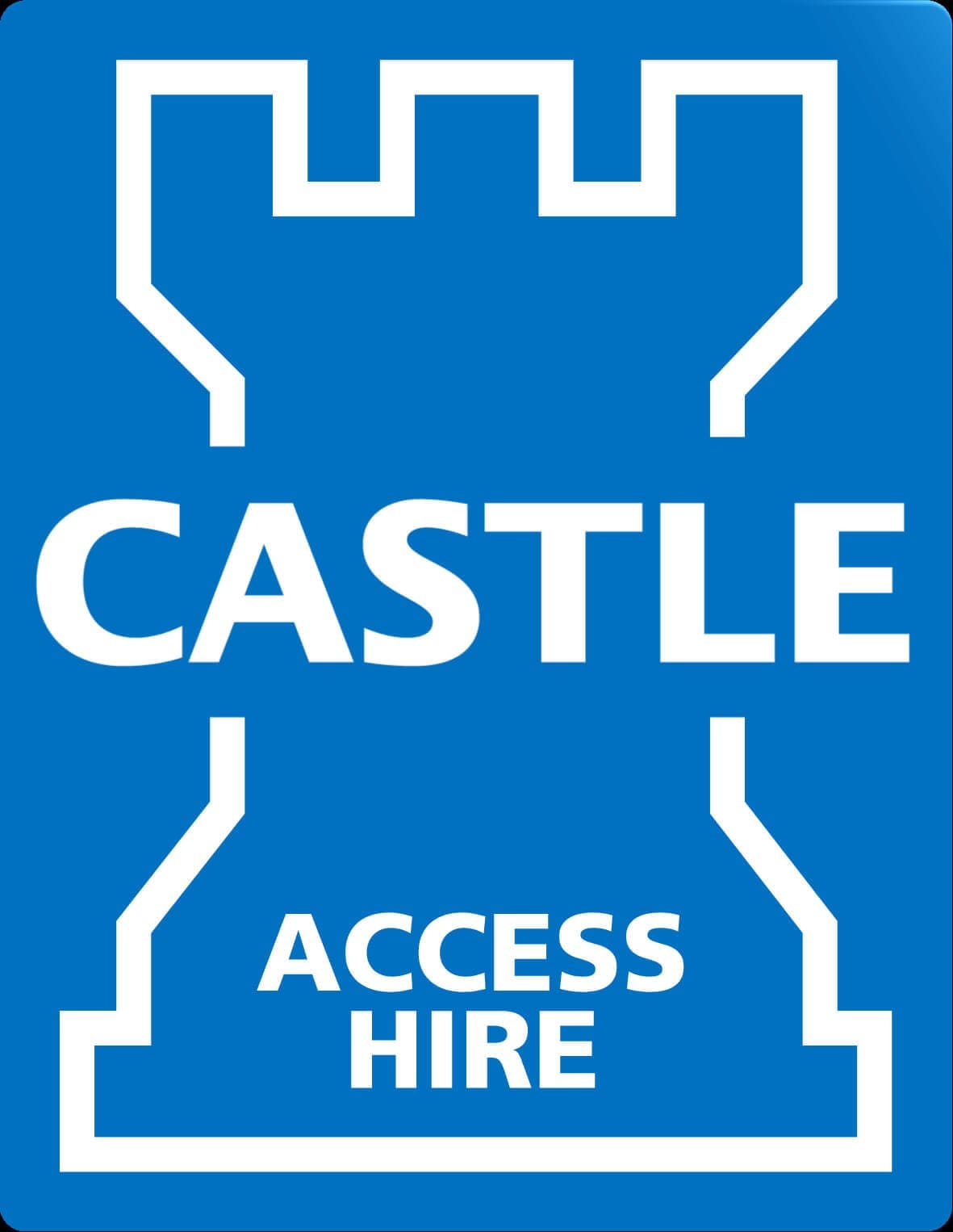Access equipment is invaluable when working at heights. Scissor lifts, boom lifts and more make it easy to reach higher areas, all without having to grab a ladder. However, like any kind of machinery, you need to use your access equipment safely to protect your team.

Training Your Team To Work Safely With Access Equipment
Machinery can be dangerous when improperly used. How can you train your team to use your new access equipment safely?
Review Common Injury Factors. One of the best ways to prevent accidents is to know why they happen. A few reasons why injuries are sustained when working at heights are:
- Lack Of Planning. Neglecting to analyse your situation and plan for your work can result in unforeseen issues.
- Inadequate Supervision. You should always be supervised when using access equipment in case something goes wrong.
- Insufficient Training. Tasks should only be handled by trained individuals.
- Incorrect Protection Or Equipment. Always use proper gear and machinery for the task at hand.
- Incorrect Equipment Use. Only use equipment as intended. If suitable equipment isn’t available, look for a safe alternative.
Make sure everyone in your team understands common risk factors so they can be aware of what could go wrong. While some people think that only falls from great heights are dangerous, it’s vital to remember that even short-distance falls can cause serious injuries. Prioritising safety is always key.
Ensure Proper Supervision. You should never use potentially dangerous equipment when alone. Experienced and competent personnel need to supervise high-risk tasks. They must enforce safe practices and keep an eye out for any dangers.
Supervision is important even if everyone involved is trained and competent. Accidents can happen when you don’t expect them, so having someone else to help is always the safer option. If someone gets injured while alone, they could have trouble finding help.
Train Your Team For Each Equipment Type. Lifts may be similar, but different lifts have unique aspects that your team should be aware of. Scissor lifts, boom lifts, mast lifts and cherry pickers all have different capabilities and risks. Each is suitable for different situations, and it’s vital that you choose the right access equipment for your tasks and setting.
Along with training your staff for proper usage, you should also go over what could go wrong (like equipment failures at heights) and cover what you should do if that happens.
Be sure you choose appropriate equipment for whatever task you need completed. For example, if you just need to go straight up, then a scissor lift could be ideal. If you need a platform with more maneuverability, consider a cherry picker or boom lift. Remember to also consider your setting. Choose a rough terrain lift if you’re working outside on an unpaved site.
Emphasise The Importance Of Pre-Use Inspections. Even if the equipment was fine the last time you used it, absolutely always perform a pre-use inspection before each use. Your team should conduct daily safety checks for hydraulic leaks, tyre conditions, guardrail stability, etc. You never know when something could go wrong, so performing these checks helps you find problems before they lead to accidents.
Create an inspection checklist to streamline this process and prevent forgotten steps. Your team should report faults as soon as they find them. They should never operate faulty machinery, no matter how small the issue seems to be.
Use Appropriate Personal Protective Equipment. Your team should always use protective equipment, no matter how simple the task is. Use helmets, high-visibility clothing, harnesses, gloves and safety boots when necessary. Ensure that everyone has access to protective equipment when they need it.
The gear should also be used properly. Ensure everyone has PPE equipment that fits them, and they must equip themselves with the gear correctly before getting to work.
Think about the other hazards of your task as well. Use eye protection if there’s dust in the air, wear ear protection if loud machinery is used, etc.
Inform Everyone Of Load And Height Limits. Each lift has a height and weight limit, and you must never try to push your machinery past its capabilities. This could damage the machine and put your team in danger. Overloading or pushing your platform could result in tipping, instability or system failure.
Understand that you should consider the weight of everything on the platform – workers, protective equipment, tools, etc.
Factor In Environmental Conditions. If you’re working outside, keep an eye on the weather. High winds can tip raised equipment, rain can cause muddy ground and reduce visibility and so on. Only use your equipment when it’s safe and train your workers to assess weather risks before using access equipment.
Be sure your equipment is suitable for use outside before working in outdoor conditions. It’s better to put a task off until your conditions are safer than to put your team at risk.
Promoting Safety With Sturdy, Well-Kept Access Equipment In Auckland
At Castle Access, safety is always our number one priority. We strongly value your well-being and we’ll be glad to discuss proper safety measures with you. Explore our selection of scissor lifts, mast lifts, boom lifts and cherry pickers to select your new machinery.
Ready to start? Call us on +0800 780 957 or message us online.
Discover reliable access equipment with Castle Access.
